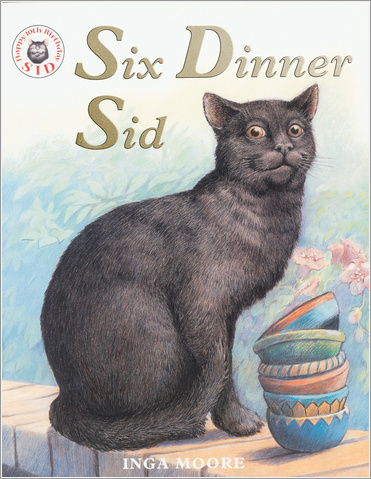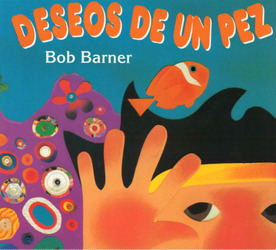
Stanley was flattened by his bulletin board while he was sleeping. Because he is flat, Stanley can do all kinds of things. His brother flies him like a kite, he saves the museum, he goes to California in an envelope. The best part of Stanley's "flat" period is when he is able to catch some thieves in the local museum. People eventually begin to make fun of Stanley, and he tires of being flat. A solution is found by his brother. His brother uses a bicycle pump to make Stanley round again. This is a great way to intertwine reading and social studies. People all over the world send Stanley out to have pictures taken in special places or with classes. Your class can map where you get letters from.
Brown, J. (1964) Flat Stanley. HarperCollins: New York.




























